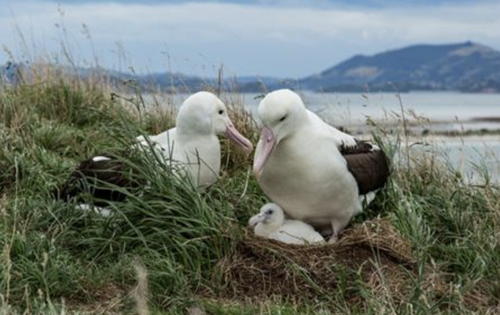How we can use manu to encourage our tamariki to be curiouser, braver, more playful...
We love our native manu!
As part of our work in schools we've noticed that classrooms are often named after a manu - e.g. new entrants are sometimes named Pīwakawaka. We thought this offered a cool opportunity for tamariki and teachers to investigate the special characteristics of their manu, and then draw upon their manu traits - so when te Reo is challenging, be curious like the kea, or when PE is tricky, be playful with it, like pīwakawaka - that sort of thing!
Oh, and you can do exactly the same at home!
Use these illustrations and prompts below to kōrero about the manu you love and what characteristics they have. Ask how you (both) could be more like the manu, and when in what situations would this be useful?
Then practice and remind tamariki of their manu when they need some guidance or reassurance
Here's our manu series so far - there are more to come!
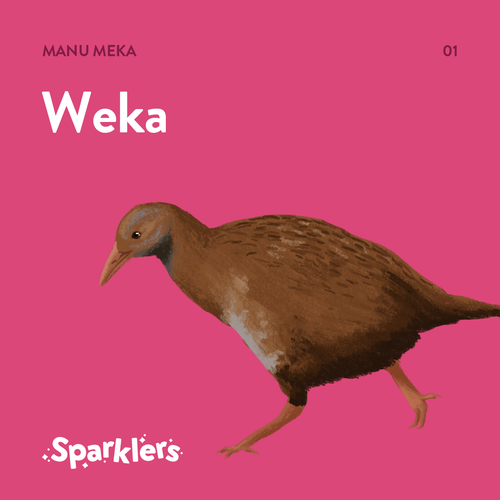
The adventurous weka series can be found on our Facebook page here.

Kōrero about being brave and speaking up with the tūī series found on our Facebook page here.
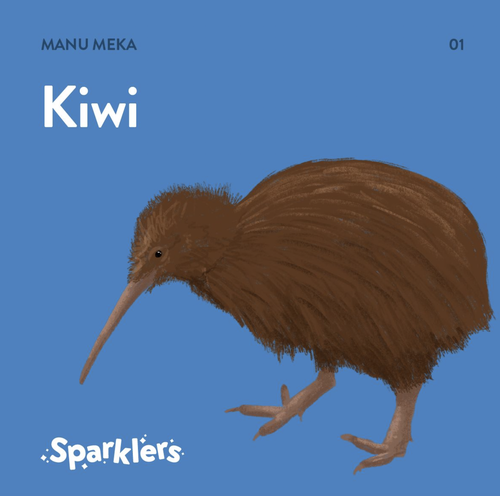
The kiwi has great characteristics to kōrero about - they are quiet, great listeners and strong. Use our kiwi series found on our Facebook page here.
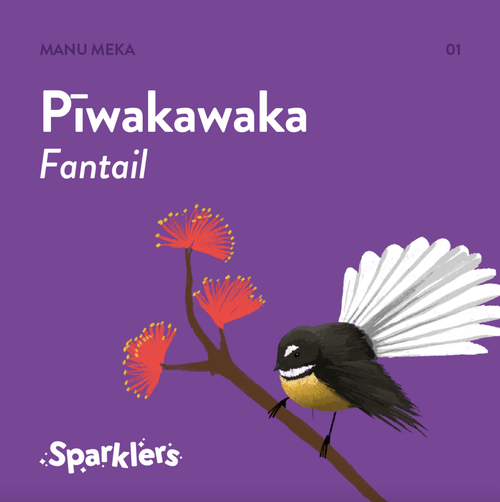
Our cute pīwakawaka might mean you can kōrero with your tamariki about their ability to move fast, their playfulness or their curiosity. When would be good times to adopt these traits and be like the loveable pīwakawaka? Find out more pīwakawaka facts from our Facebook post here.
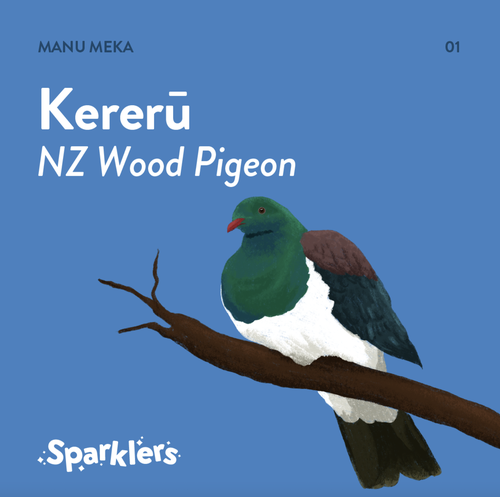
Kōrero about friendships and what you do to find friends using the kererū as a fun example. Our Facebook post takes you through it, found here.
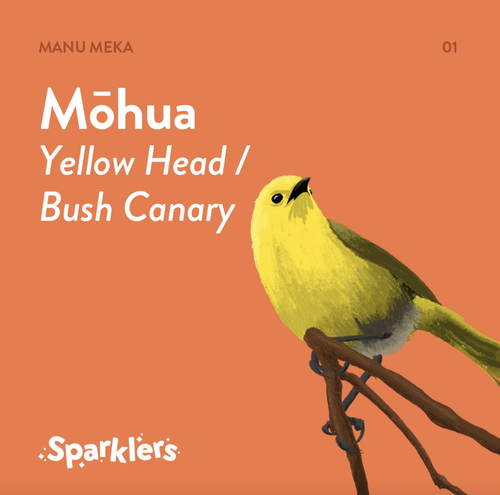
The mōhua are chirpy - when do we feel our chirpiest is a great kōrero with tamariki. Find all the mōhua facts we know with our Facebook post here.
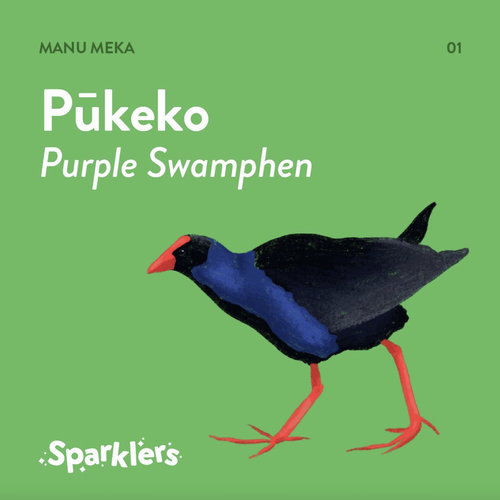
Kōrero with tamariki about adaptability using the Pūkeko as a good example. The facts we know are all here in our Facebook post.
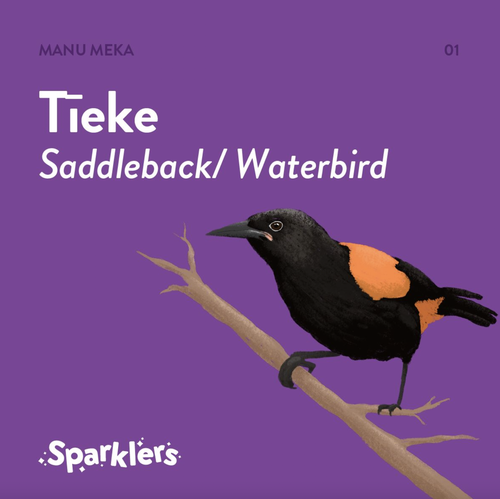
Tīeke have over 200 tunes! If your tamariki love waiata and respond to music in wonderful ways, maybe that's their go-to to feel happy and calm. Here's many more Tīeke facts from our Facebook page.
You may also like to check out the Riroriro (grey warbler) andcheeky Kea too!
